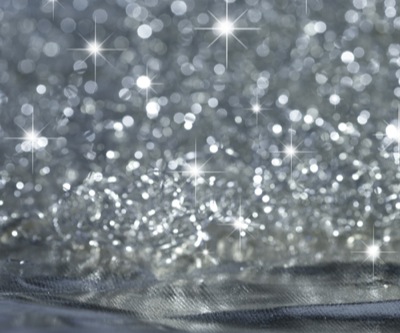Scientists suggest controversial new use for silver

Silver is well-known for its uses in jewellery, coins, electronics, medicine and several industrial applications. Now it is about to add one more element to the long and constantly growing list of its potential markets: textiles.
A team of scientist lead by Tobias Walser, researcher at the Institute for environmental engineering at the Swiss Federal Institute of Technology in Zürich, has come up with a study that shows the benefits of using antimicrobial silver nanoparticles in fabrics, particularly when washing them.
After analyzing the environmental impact of nanosilver T-shirts during their entire life cycle, Walser and colleagues concluded the toxic releases from cleaning fabrics with this element is of “minor relevance.”
However, they warn the environmental and human risk of nanosilver “has yet to be fully understood.”
In fact the health of workers in the nanotechnology industry, who may inhale the silver particles, is likely to be affected.
“Nanoparticles can penetrate deeply into the lung” and inhalation therefore remains “the critical pathway”, says Walser.
Some experts believe distributing silver in the environment is plainly a “bad idea”. Besides, bacteria may become resistant to silver if it is widely used in consumer products.
“This is a threat for medical applications”, Hans-Curt Flemming told Youris.com, the European Research Media site.
The Professor of aquatic microbiology at the University of Duisburg-Essen, in Germany, contends that nanosilver in consumer textiles is “plain nonsense.”
Walser, currently a visiting researcher at the U.S. Environmental Protection Agency, is now collecting data and conducting modelling studies on nanoparticle emissions to improve the life cycle assessment of nanotextiles.
The use of silver nanoparticles to prevent odours caused by bacteria in washing machines, refrigerators, air conditioners, air purifiers and vacuum cleaners, was first introduced by Samsung in 2003.
{{ commodity.name }}
{{ post.title }}
{{ post.date }}

Comments